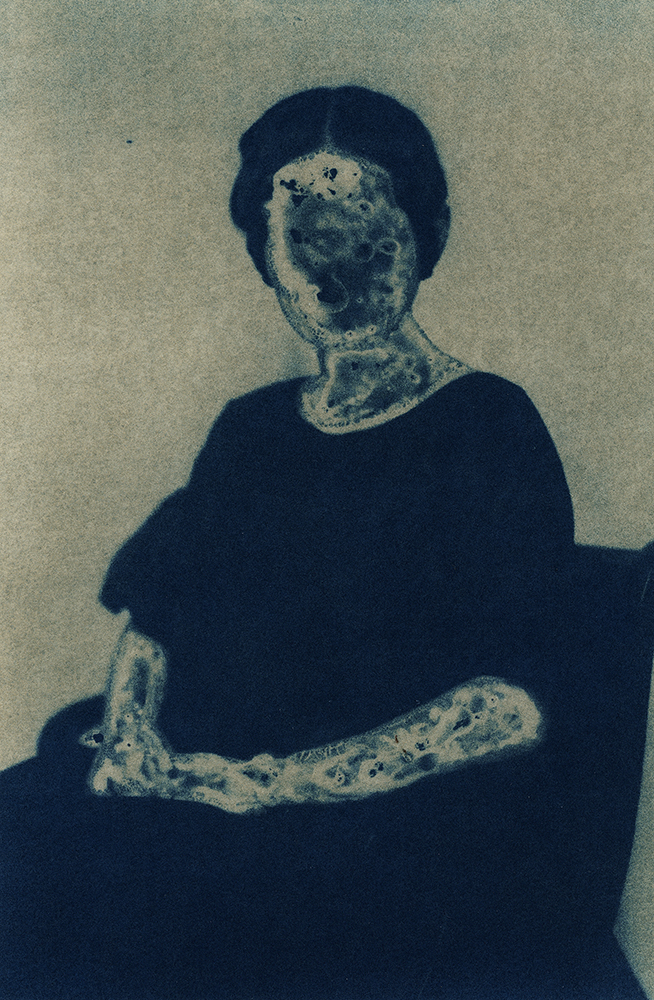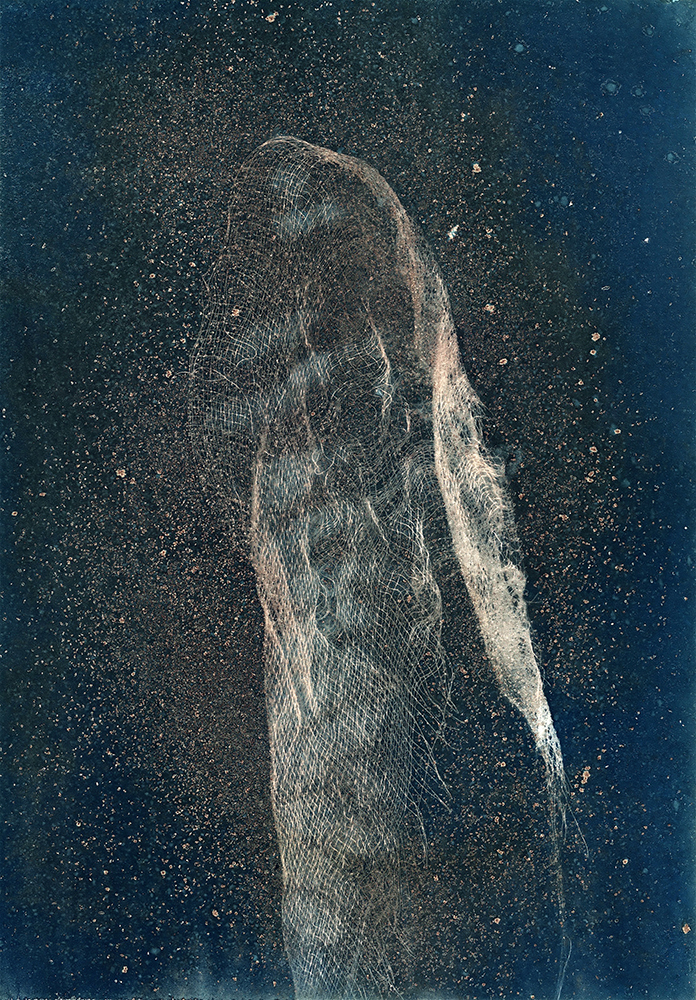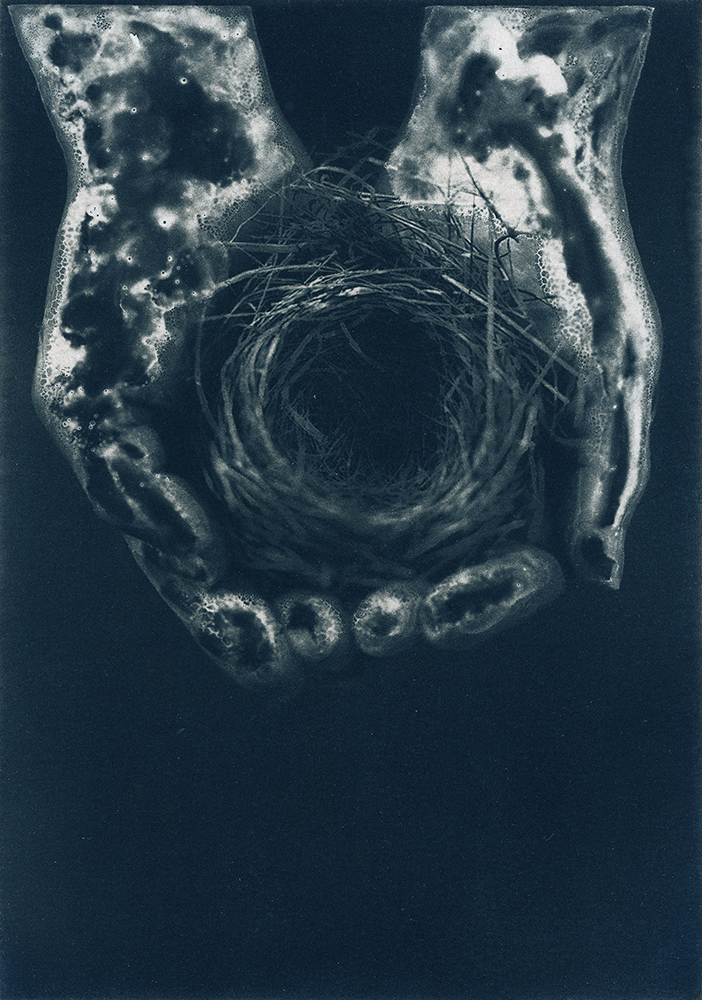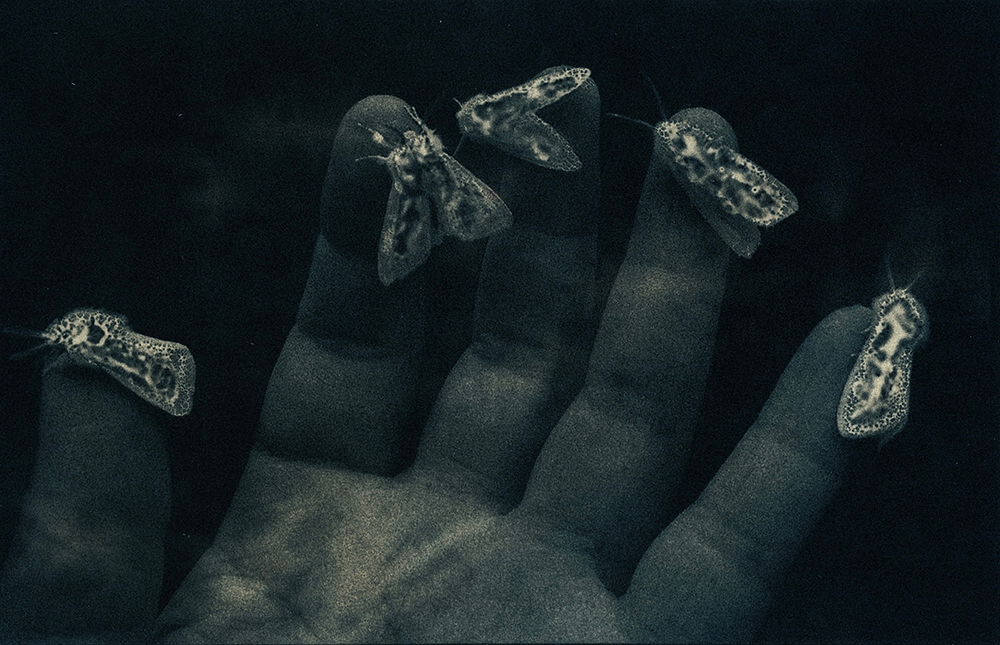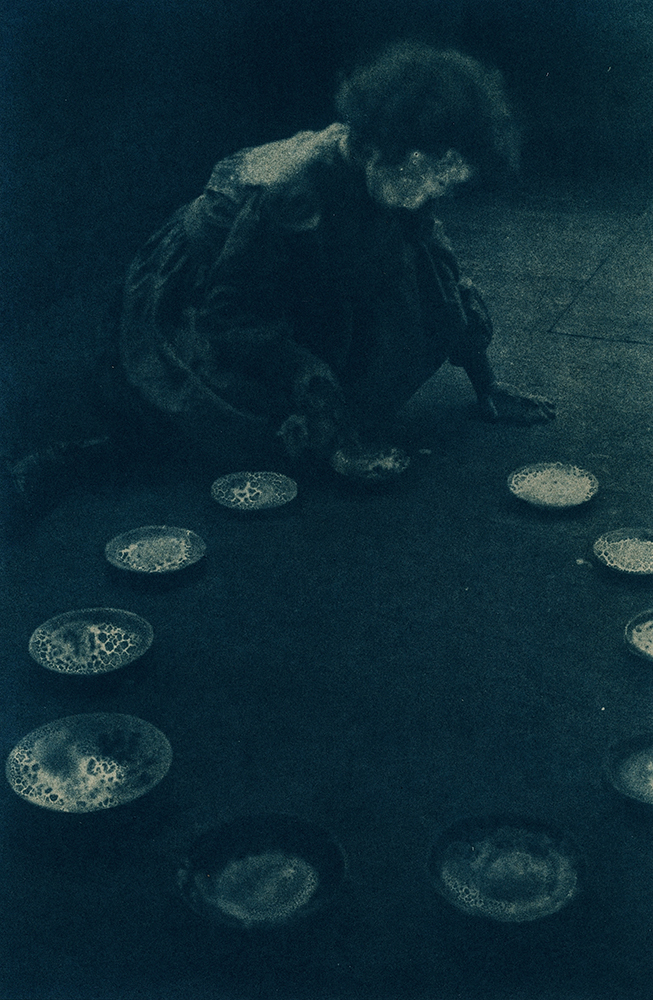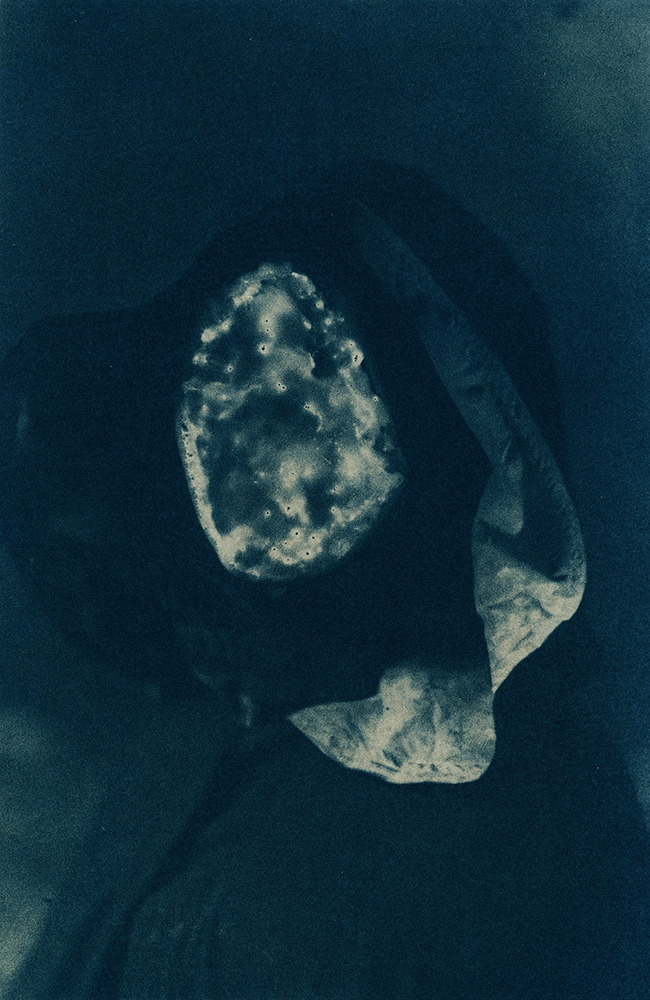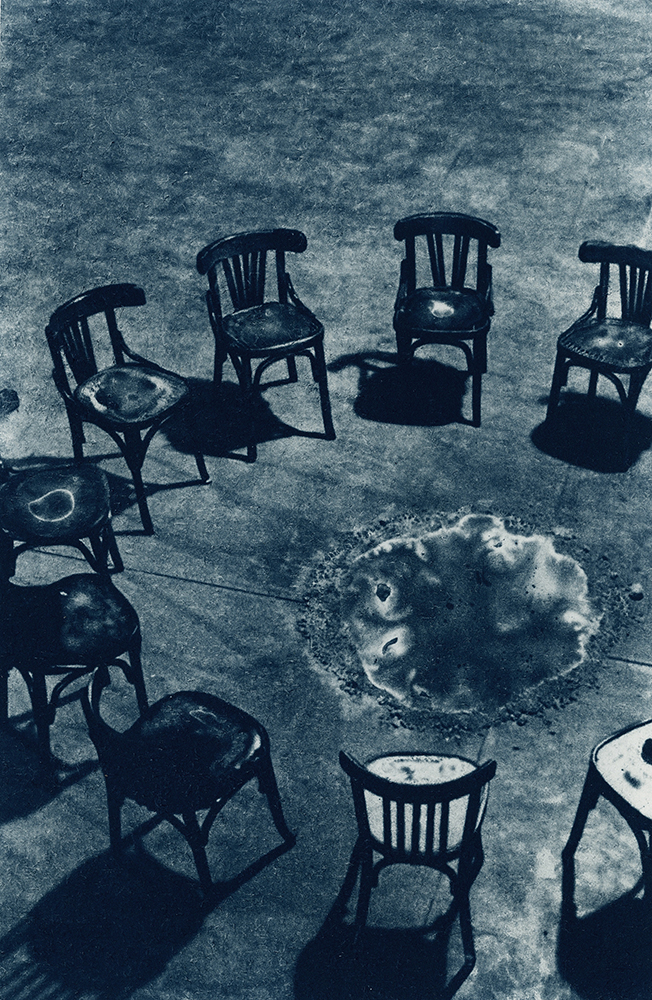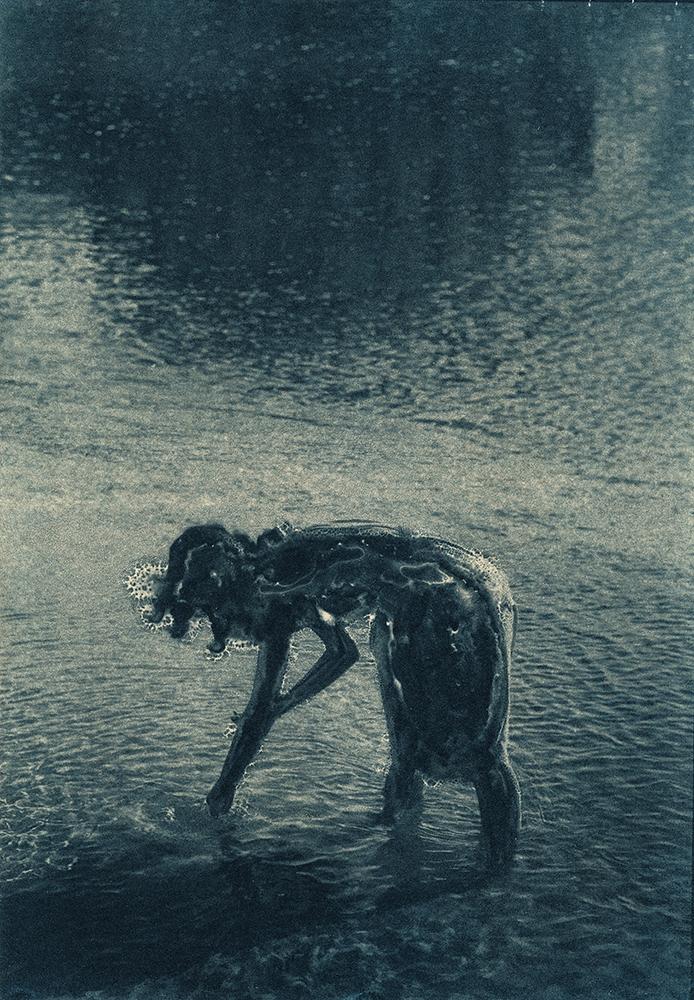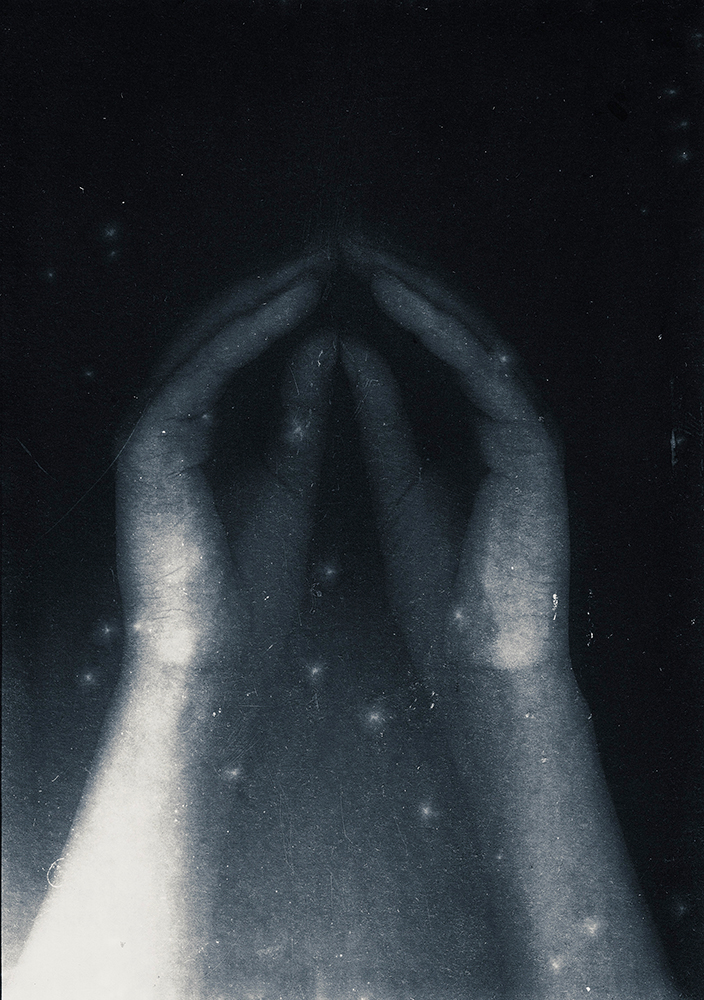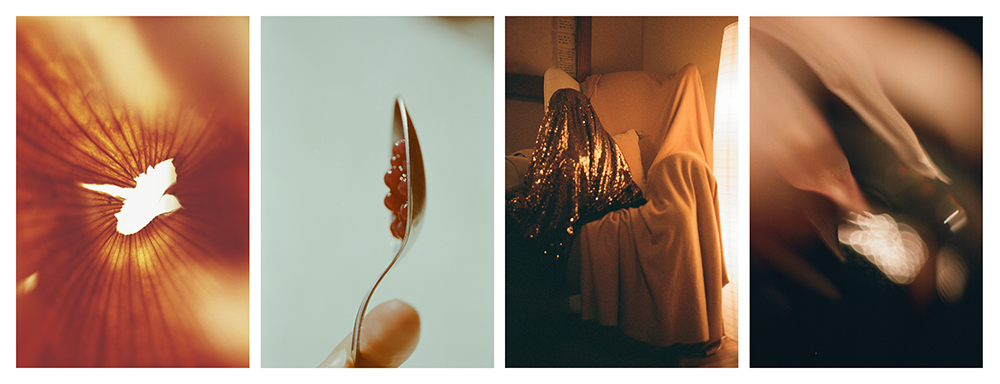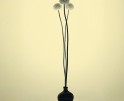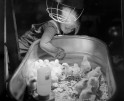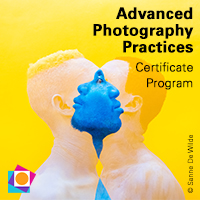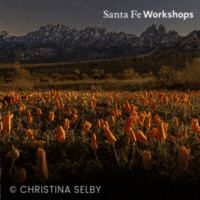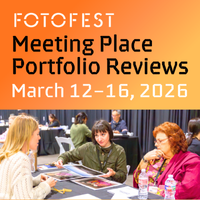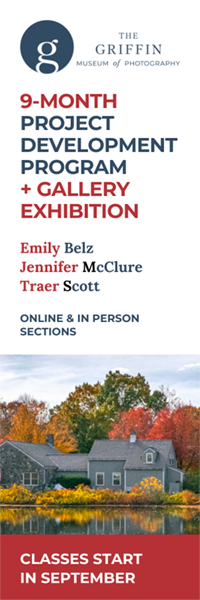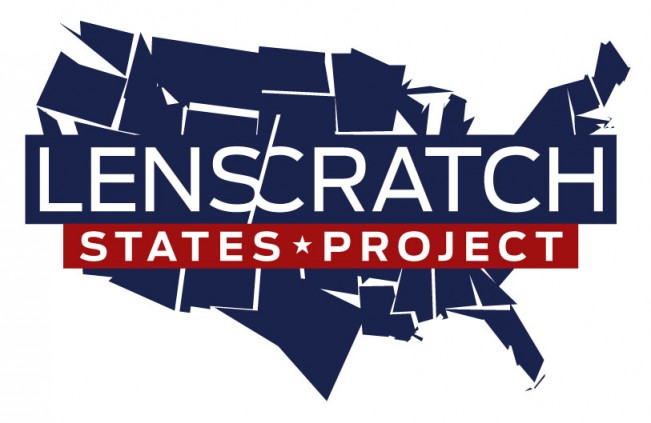Daniela Balestrin: Greater Dimension through Minimal Gestures
“I had the immense pleasure of coming across Daniela Balestrin‘s work at the end of 2023. A little later I joined a critique group that she is part of and it was incredible to get to know her work, and especially her process in depth. Dani’s work speaks to our soul and warms our hearts. Take a break and enjoy!!!
Daniela Balestrin was born in Brazil in 1984. Since 2020, she has been developing her work as a multidisciplinary artist, using analog and historical techniques in image creation, as well as writing. In her works, she seeks to approach the events that intertwine with her routine, creating narratives that involve the movements of life and imagination, crossing memory and fiction, image and word. She was selected for the Nova Fotografia 2024 award by the Museum of Image and Sound of the State of São Paulo (Brazil) and is also on the shortlist for the 2024 Sony World Photography Awards in the Professional Creative category. In 2023, she received the Non-Professional Analog Photographer of the Year award from the IPA – International Photography Awards and was a finalist in the Discovery of the Year category at the Lucie Awards. Her work has been exhibited in various group shows around the world and recently had its first solo exhibition at the Museum of Image and Sound of São Paulo (Brazil), featuring the work “Where the Tree Ends and the Rest of the World Begins?”.
Instagram: @danbalestrin/
An interview with the artist follows,
Thereza ( 2023-2024 )
For almost forty years, I heard one of my ancestors being referred to only as “my grandfather’s dead mother.” I did not know her name. There were no images of her. Her being, her story, were reduced to that sentence. When I heard about her, and heard so little, I tried to guess her name and imagined that it had been lost in one of the blows of my grandfather’s fate.
In 2023, while I was organizing a drawer in the house where I grew up, her name unexpectedly emerged. For a long time, perhaps all this time, it had been within the reach of all the family’s hands. A piece of paper with clear letters, by its own will, brought back the name denied for decades: Thereza.
Later, other documents arrived, telling that death came to her at the age of 32, when she fell victim to puerperal fever, an infection that began during my grandfather’s birth. She died when her body became a mother’s body, and everything else disappeared. There were no narratives beyond that single sentence spoken when she was mentioned.
All this void moved the creation of images in which I could hold Thereza, in which I could meet her, and in which her name would return to eyes and mouths. I arrived at cyanotype because of all the contact the technique evokes. The material contact between the sensitive supports and the light, of course, and also the contact of my body and all my senses.
At the moment of ideation, I felt that the invented images of Thereza needed to maintain a vast margin for uncertainties, for the undefined, for what is not known about her. In this search, there was a refusal to the temptation of the absolutely defined form. After all, since the intention was to have some imagetic identity to say “here is Thereza,” it needed to be of the nature of identities: alive, present, floating. Therefore, water, with its chances, is the element of the creations, and where I believe Thereza herself manifests her gestures, contouring something and saying “I am here.”
The series “Thereza” in this way emerges with its aqueous bodies, like the river that shows itself differently each time we look at it.
What led you to work with photography and keeps you connected to it?
I approached photography when other forms of language failed me. Speech and writing were the ways I used to shape the narratives I wanted to work with, the stories I wished to tell. After experiencing a profound rupture, I fell ill, and words escaped me. Photography became my way back – it was the form I found, or that found me, for expression and, therefore, for communication. I dare say that photography is now the way I observe and reflect on my daily life, my feelings, and even my spirituality.
What is the main factor that makes you to start a new project?
I start a new project when something unsettles me, when an image, a memory, or a sensation lingers and stands out among the many things happening around me. Often, it is something minimal that expands and demands my attention, and along the course of the work, it gradually reveals itself to be profound and vast.
From what I know of you, you have a strong connection with nature, especially with animals. How does this connect with your photographic work?
There is something in the relationship between living beings – human and supra-human – that deeply interests me. The communication, the silences, the instinctive gestures, the way we occupy space. Often, my work touches on these relationships, whether directly or more symbolically, through visual metaphors that evoke this coexistence. This happens spontaneously, and I believe the reason lies in my need to feel myself and to make myself part of what we call nature.
What are the biggest challenges you face?
I think it is about transforming a sensation or a memory into an image without losing its complexity. I want my work to unfold in multiple layers – of time, meaning, and materiality – and finding the balance between what is revealed and what remains invisible is not simple. Moreover, maintaining spontaneity within a structured process is also something that constantly challenges me.
Where does the tree end and the rest of the world begin? ( 2023 )
In the beginning, the intimate sphere. And then a community of circles before the eyes. So much roundness formed a thread of beads, and the essay proceeded in lines where each photograph called upon met the choice of meaning to make meaning exist. By displacing the individuality of the photographs, giving them to the opening, a story of reciprocal animation occurred, where the breath of one extends into another.
The circles desire to release these bubbles skyward. The river waters the flower beds and wants to fill the chasm of the father’s scar. Dust and light, in some hands, can make honey. The tree is a tree in the air. The staircase elevates the child. The things are alive and dreaming us. This essay seeks to imagine its dreams, to venture an invention.
“Where does the tree end and the rest of the world begin?” embarks on a journey through everyday life, through intimacy with things, inviting contemplation of the extraordinary found in the commonplace, using imagination as a pathway to universes created when one photograph joins another, and another, and another. Structured in polyptychs always in sets of four, alluding to the lyricism of sonnet stanzas, where the narrative and its rhythm unfold within a poetic form of meter.
[ The series was developed in 2023, using analog photography with 120 and 135 film formats ]
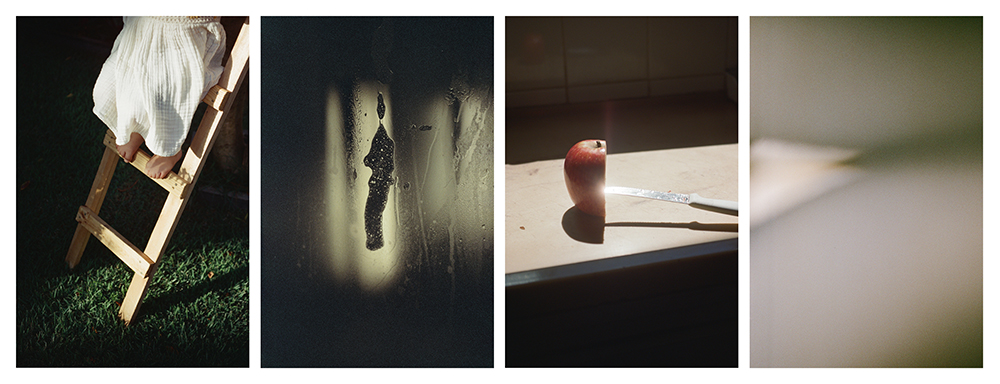
©Daniela Balestrin, i’m looking for you: fruit or cloud or music, from Where does the tree end and the rest of the world begin?
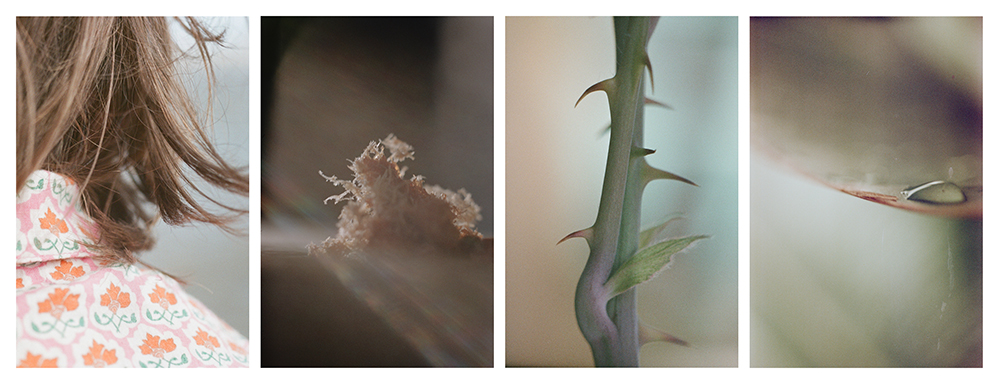
©Daniela Balestrin, at noon, the birds from Where does the tree end and the rest of the world begin?
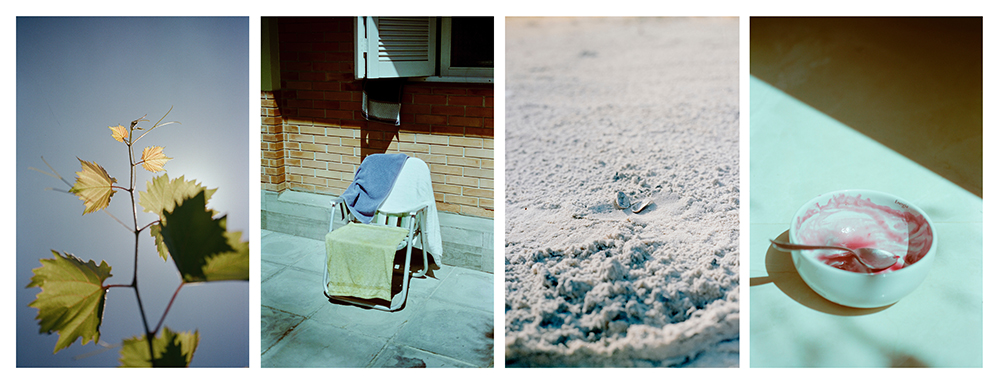
©Daniela Balestrin, this is where love comes to die – from Where does the tree end and the rest of the world begin?
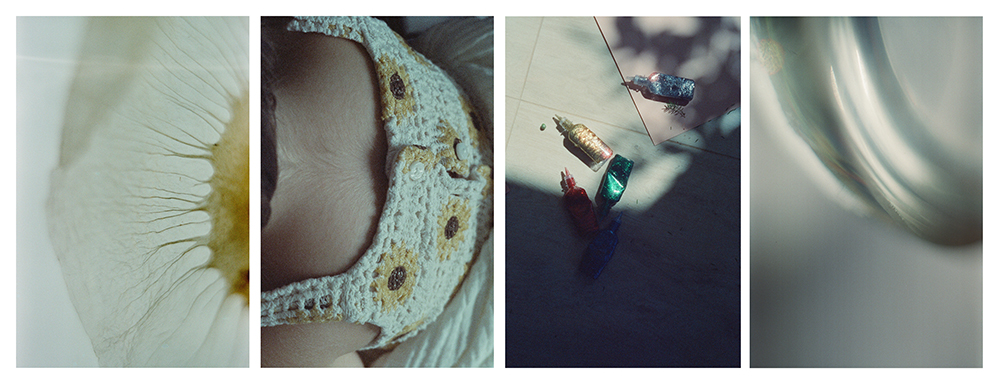
©Daniela Balestrin, here is born a tree that sleeps and awakens – from Where does the tree end and the rest of the world begin?
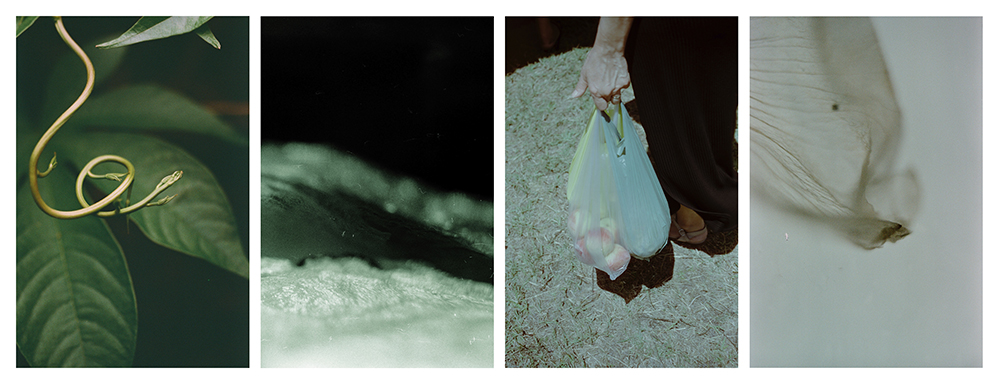
©Daniela Balestrin, i’ll call you thread, from Where does the tree end and the rest of the world begin?
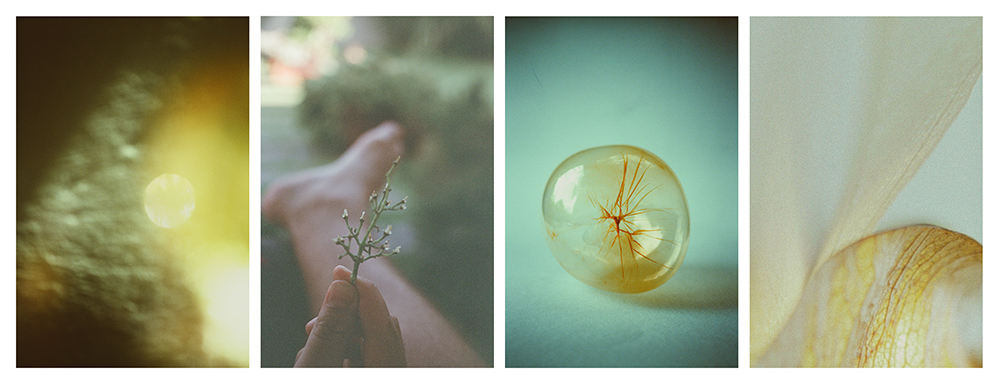
©Daniela Balestrin, each grape berry knows the names of the days , from Where does the tree end and the rest of the world begin?
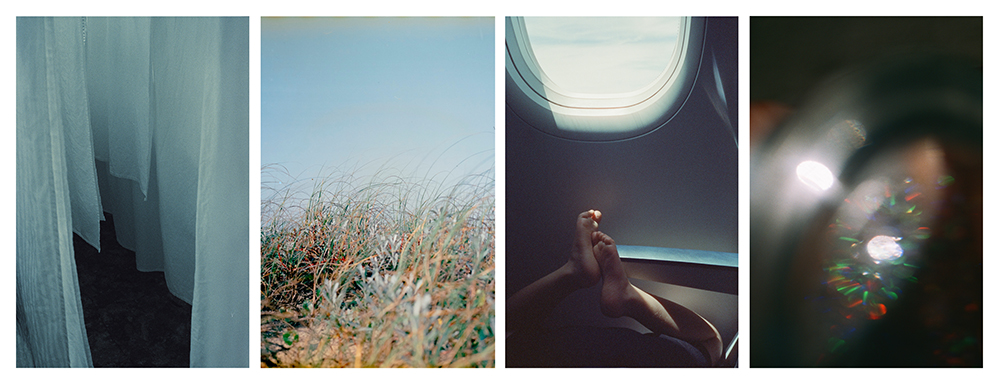
©Daniela Balestrin, the sun catches the blue train, from Where does the tree end and the rest of the world begin?
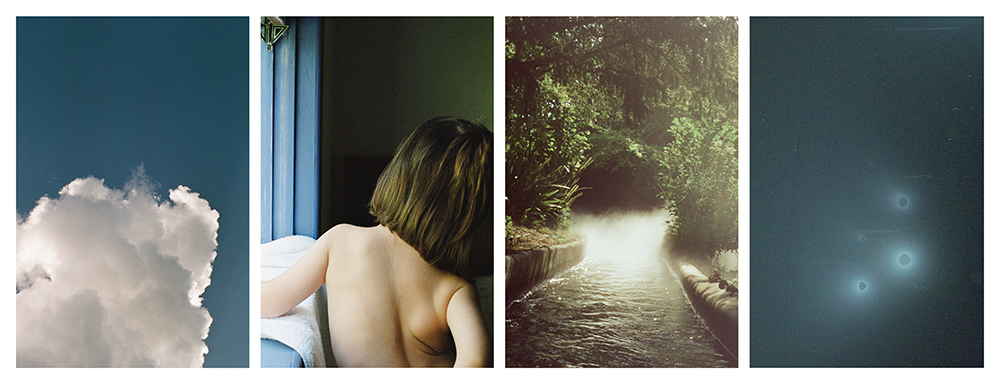
©Daniela Balestrin, just now the color hits the apples, from Where does the tree end and the rest of the world begin?
Posts on Lenscratch may not be reproduced without the permission of the Lenscratch staff and the photographer.
Recommended
-
Scott Offen: GraceDecember 12th, 2025
-
Izabella Demavlys: Without A Face | Richards Family PrizeDecember 11th, 2025
-
2025 What I’m Thankful For Exhibition: Part 2November 27th, 2025
-
2025 What I’m Thankful For Exhibition: Part 3November 27th, 2025
-
2025 What I’m Thankful For Exhibition: Part 4November 27th, 2025

